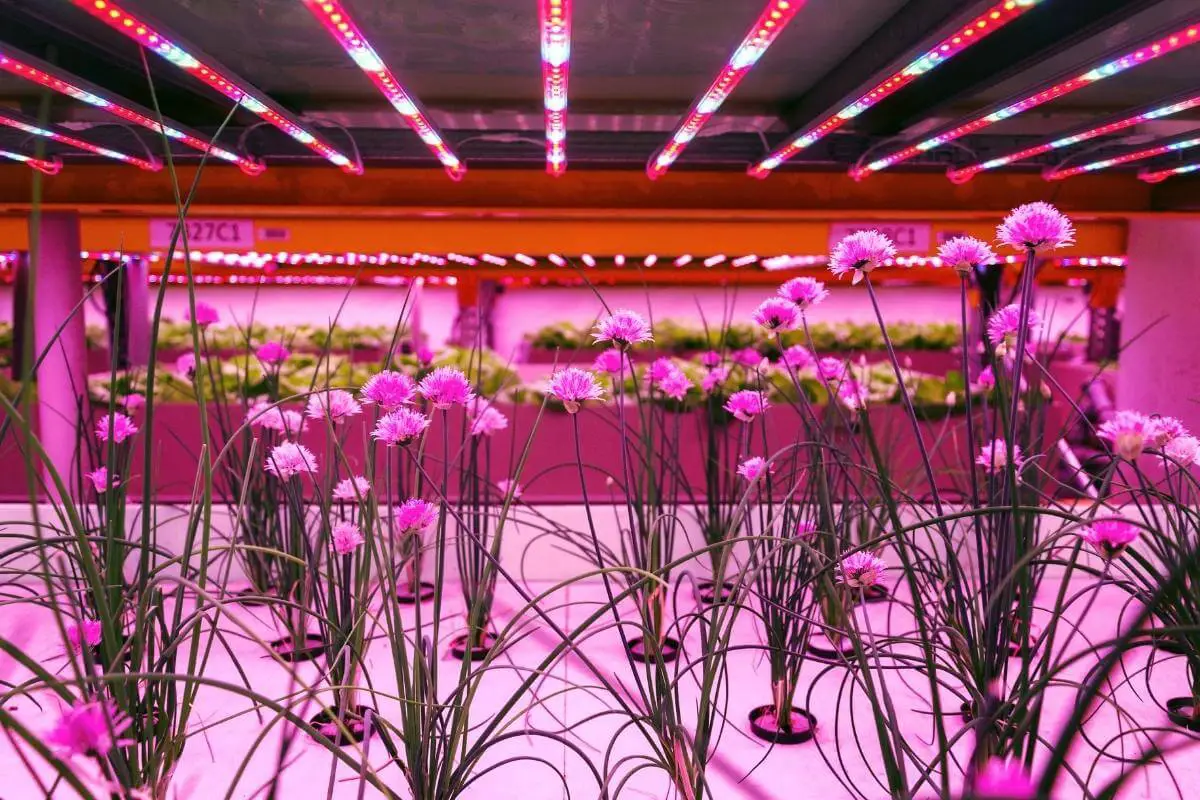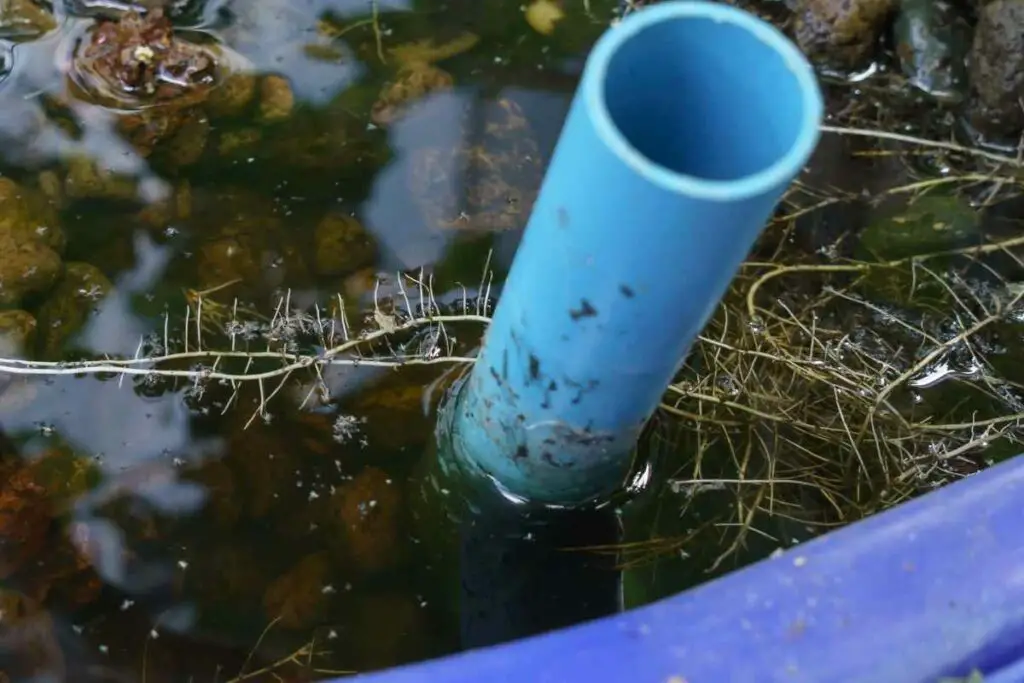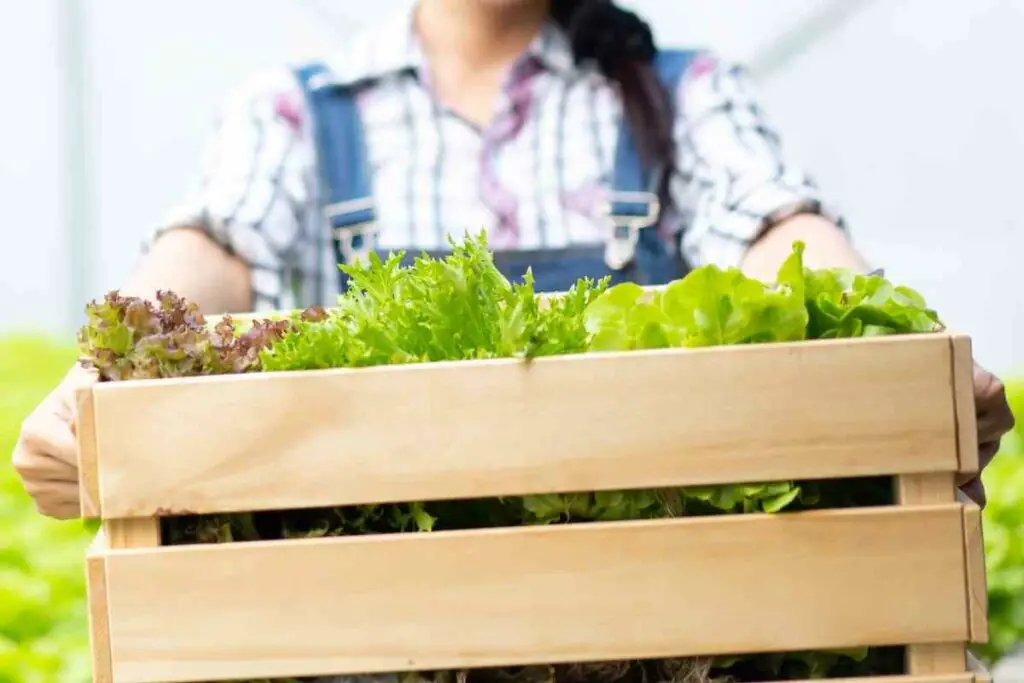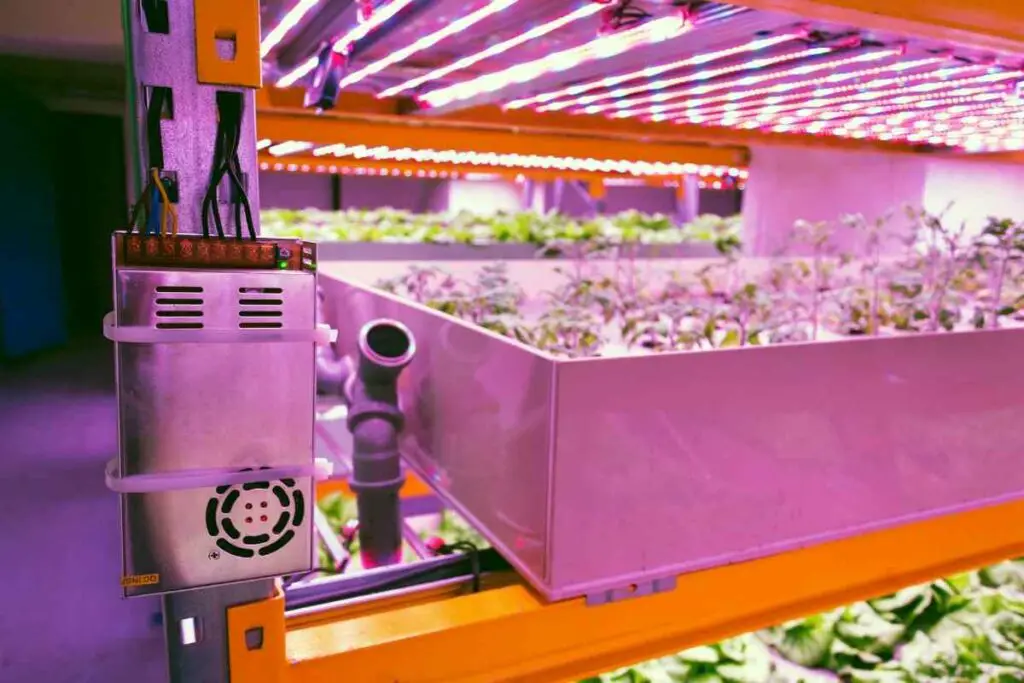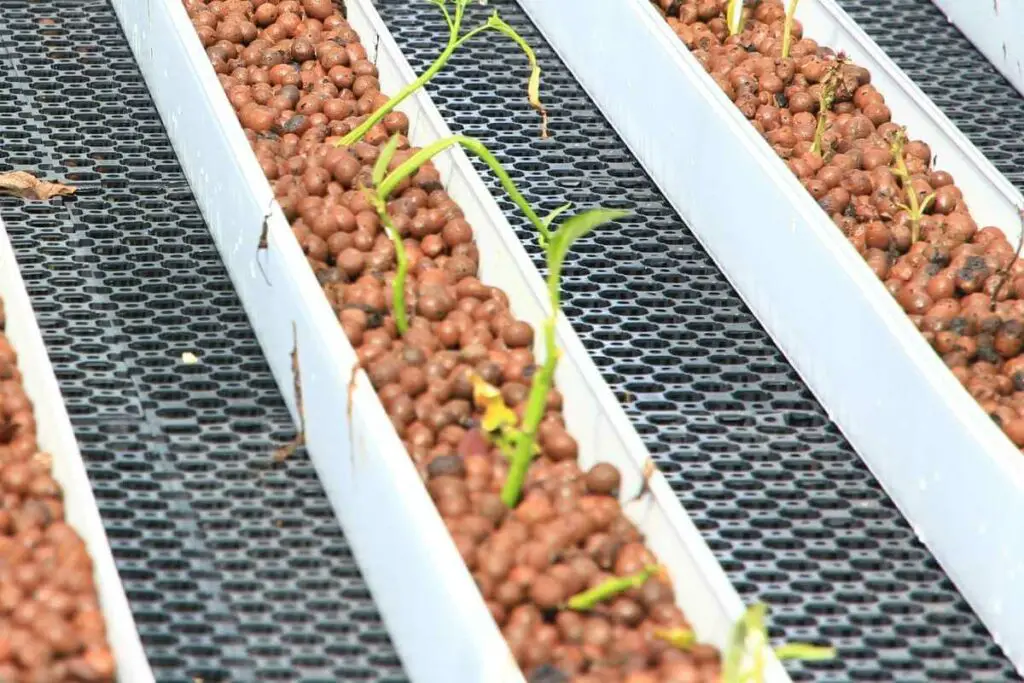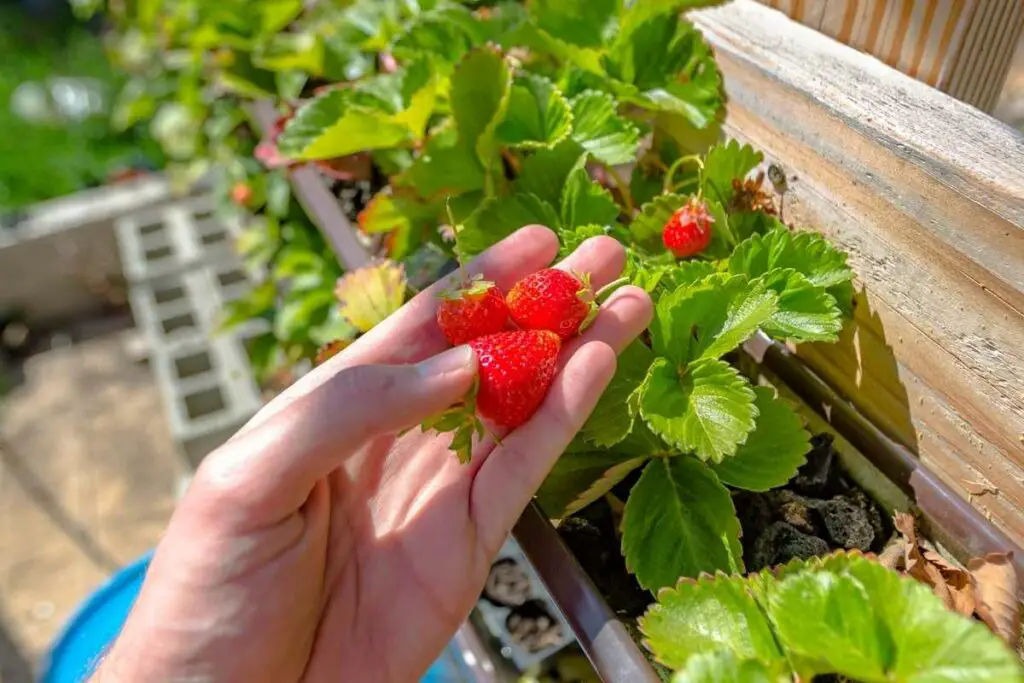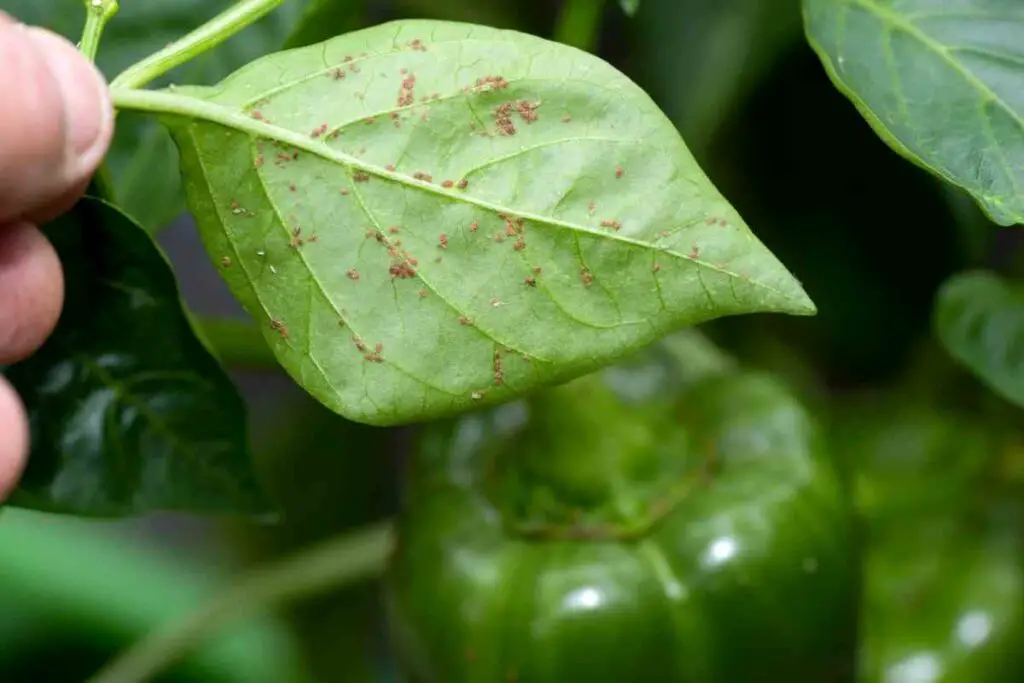Aquaponic farming has several benefits over the standard crop growing techniques used by most farmers. Overall, it produces healthier crops that mature faster.
When combined with drip irrigation, you get better control over where the water goes, ensuring that this precious resource doesn’t go to waste and you keep your water bill in check.
One of the defining characteristics of aquaponic farming is that it uses growth mediums instead of soil.
As such, plants grown using this method are less susceptible to soil-borne infections and weeds.
Shortcomings of Aquaponics
Despite having numerous advantages, growth mediums have their shortcomings.
First, as good as they are, they can never substitute soil.
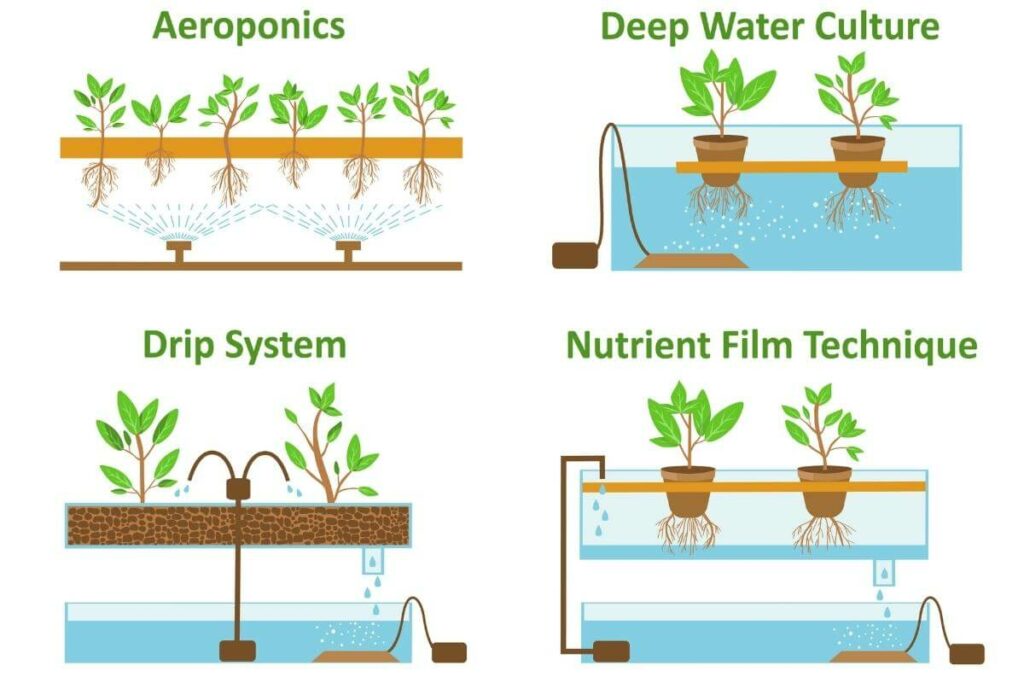
They can only offer support to the cultivated plant but lack the nutrients needed for growth and development. Moreover, they require a significant upfront investment.
If you want to grow your plants healthily using growth mediums:
- you’ll need to choose an option that is porous to promote aeration and free water circulation.
- you must also invest in a nutrient solution that provides the minerals needed for the plants’ growth.
But, how do you identify the best growing medium for your drip system?
Read on to discover some useful tips that will help you make an informed decision.
Before you choose the best growing medium for drip system, you need to be conversant with the following properties:
- Air Filled Porosity
- Cation Exchange Capacity
- Water Holding Capacity
Air Filled Porosity
Air filled porosity refers to how air flows in your chosen growth medium.
When it’s low, the quality of aeration is poor.
This means that your crops don’t get sufficient oxygen needed to promote healthy growth. As a result, they won’t grow at the normal rate.
They’ll take longer to mature, and in some cases, there is an increased chance of drowning or even rotting.
Cation Exchange Capacity
Cation exchange capacity refers to a medium’s ability to absorb positive ions like calcium, magnesium and potassium.
Unlike air filled porosity, it’s better when your growth medium has a low cation exchange capacity.

When this is the case, you have better control over the minerals received by your crops.
Contrarily, using a medium with a high cation exchange capacity usually causes problems with finding the right balance.
Consider This: You might have to hire a professional to create a custom solution that provides the optimal nutrient balance to your plants.
Water Holding Capacity
As the name suggests, water holding capacity defines how well a medium can hold water.
It is vital to know the capacity of your preferred medium since some options work well with lower capacities while others require larger capacities.
In case you’re unsure about the ideal capacity for your medium, it’s wise to consult a professional.
Common Types of Growth Mediums
Now that you know the most critical properties to examine when buying a growth medium, let’s explore some of the most common options available in the market:
- Coconut Fiber, also known as Coconut Coir
- Lightweight Expanded Clay Aggregates
- Perlite
- Rockwool
Coconut Fiber (Coconut Coir)
Coconut fiber growth mediums originate from the husk of coconut fruits.
Besides fiber, this material is also available in the form of chips and pith.
Compared to other growth mediums, Coco Coir is the closest to soil in terms of its properties:
- It has the ability to filter nutrients, ensuring that your plants don’t suffer the adverse effects of absorbing too much or too little nutrients.
- Additionally, coconut fiber has excellent water holding capacity. Thanks to this property, you have more flexibility over your plant watering schedule.
You can get away with failing to water your crops for a day or two.
Also, coconut fiber has a neutral pH and a great oxygen to water ratio.
These qualities, coupled with its high water retention, make this the best bet for farmers who don’t have much time to tend to their crops.
From Experience: When buying a Coco Coir growth medium, ensure that you pick an option that has undergone proper buffing and rinsing.
Lightweight Expanded Clay Aggregates
Lightweight Expanded Clay Aggregates are prepared by heating clay pebbles.
Typical aggregates have high air filled porosity, meaning that oxygen supply is up to the required standards.
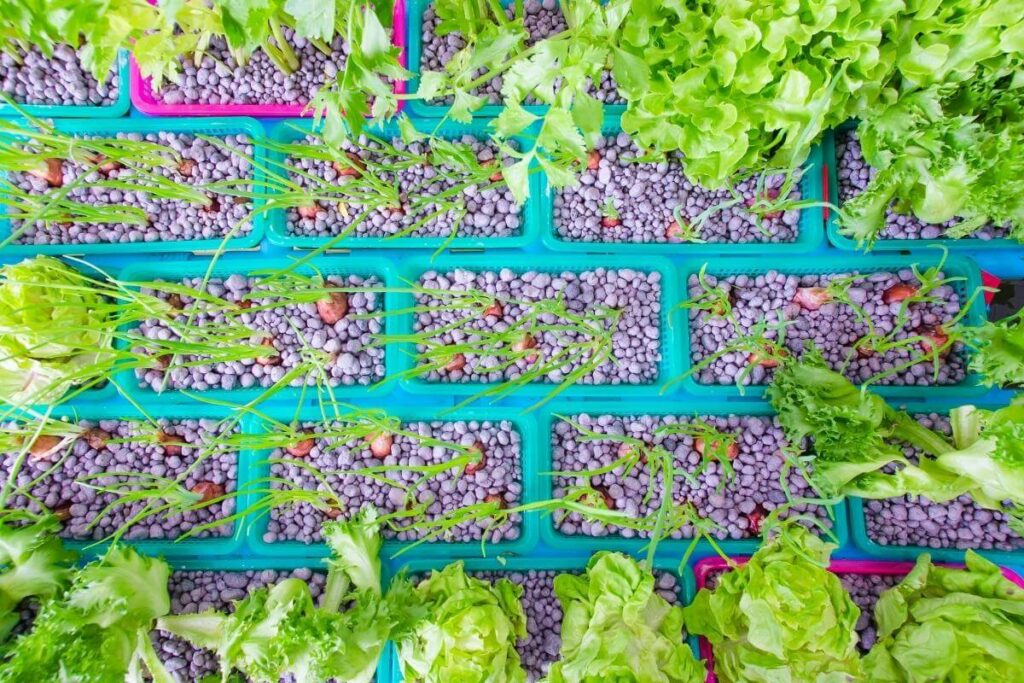
They also have low cation exchange capacity and water holding capacity.
Because of the low water holding capacity, clay pebbles guarantee excellent air circulation without affecting moisture levels in your growth medium.
However, this property has its drawbacks.
For example, if your pump malfunctions and plants don’t get enough water, they’re likely to wilt.
When using clay pebbles, it’s essential to frequently monitor the condition of your irrigation system to avoid such issues that result from under-watering.
Perlite
Perlite is different from other growth mediums in that it works well when combined with others than when used alone.
It is lightweight, has a high air-filled porosity and a low cation exchange capacity.
This grants you better control over the amount of nutrients absorbed by your crops.
On the downside:
- there’s a high risk of over-watering your plants because Perlite absorbs water easily
- the material also floats on water, making it unsuitable for plants that require high moisture levels to thrive
Rockwool
Rockwool is a popular growth medium among gardeners, mostly because it is easy to use and readily available.
This medium is often sold in blocks and has high water retention capacity and low cation exchange capacity.
The most significant concern about rockwool is its inability to biodegrade. This is the primary reason why some farmers are opposed to using this material.
Smart Move: Also, you need to soak the blocks in water before use to lower the pH levels such that it doesn’t hurt your plants.
Final Words
The quality of your farm produce largely depends on the farm inputs and growing techniques used during the cultivation process.
By choosing the right growth medium, you are making significant steps towards reaping a meaningful yield.
If you’re not confident in your knowledge, don’t hesitate to contact a professional or ask for advice from friends.
There’s no need to rush into making a choice that you’ll live to regret.
